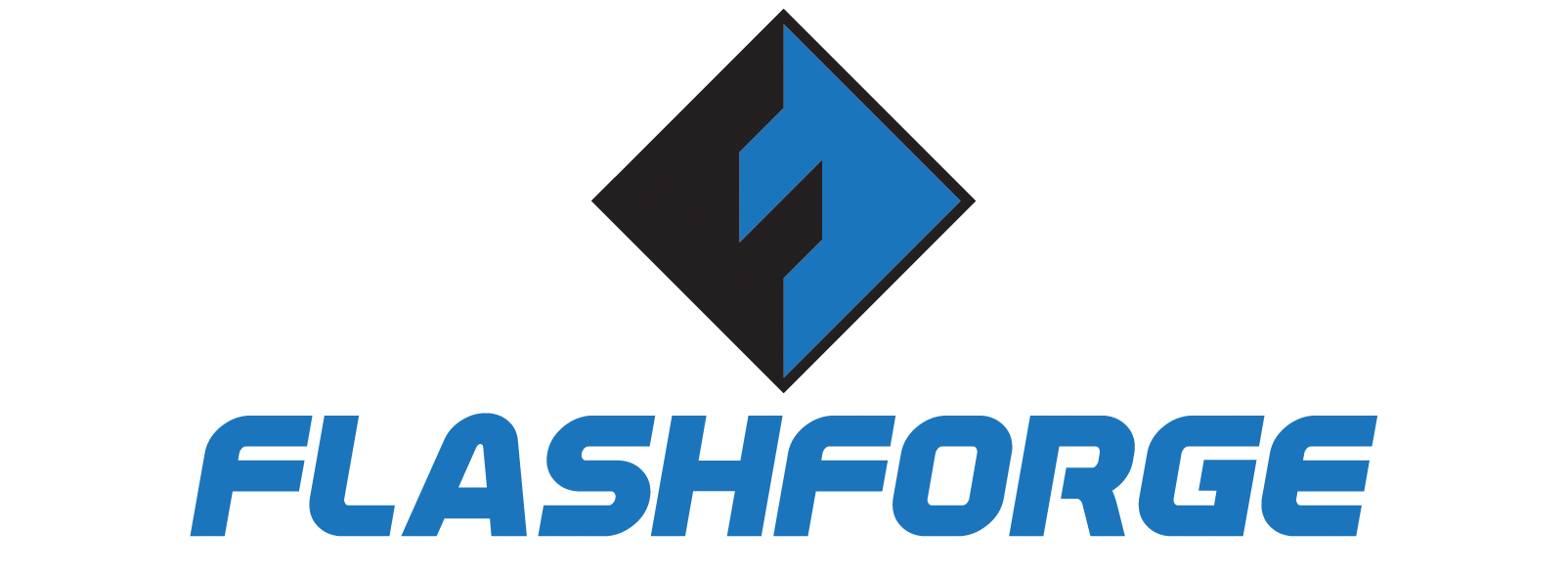Highlights
Reliable and consistent print quality across educational and professional models
Safe and enclosed design focus with HEPA filters in newer models
Moderate-speed printing optimized for stability over raw speed
User-friendly ecosystem with proprietary FlashPrint slicer
Strong suitability for educational and family environments
Limited but stable multi-material capabilities (dual extrusion in Creator series)
Closed material system on many models, reducing third-party flexibility
Durable build with easy maintenance and simple modular upgrades
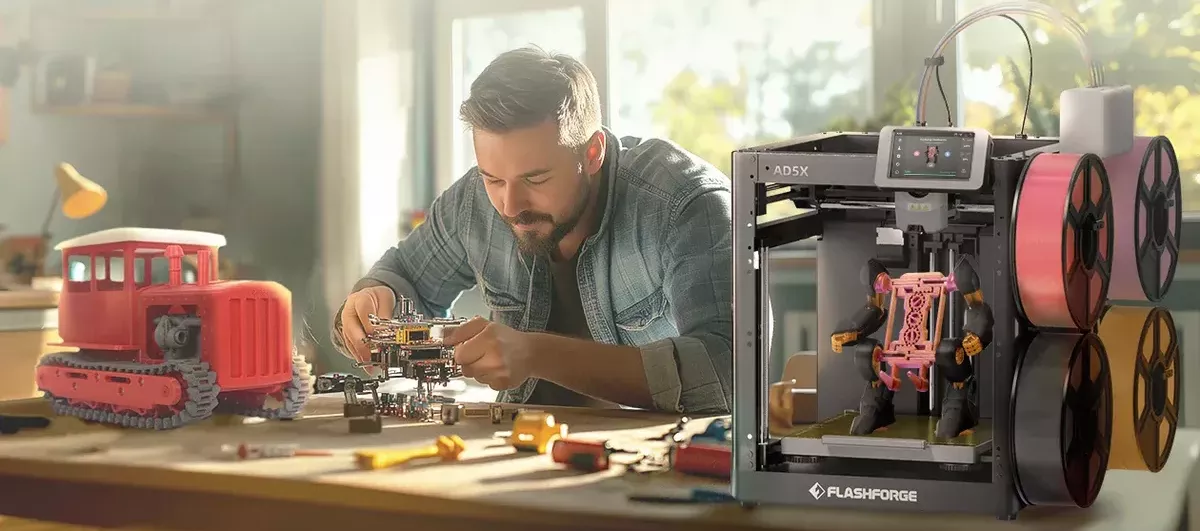
Flashforge is a well-established name in the desktop 3D printing space, having entered the market in 2011 with a focus on user-friendliness, safety, and fully enclosed design. The company offers a wide range of printers that serve beginners, educators, and professionals alike. Rather than pursuing open-source flexibility or a hacker-centric ethos, Flashforge centers its strategy around delivering stable, consistent machines with minimal setup and maintenance. Models like the compact Finder appeal to classrooms and home users, while higher-end options like the Creator 3 Pro offer more robust features for professional use. By prioritizing polished enclosures, integrated software, and simplified workflows, Flashforge has secured a reputation as a go-to brand for those seeking dependable, low-maintenance 3D printing solutions without the complications of extensive customization or third-party tinkering.
Product Selection
3.9 /5
Flashforge specializes in enclosed, plug-and-play printers built for classrooms, families, and professionals. Its machines prioritize safety, ease of use, and stability, often at the cost of some openness or modding flexibility.
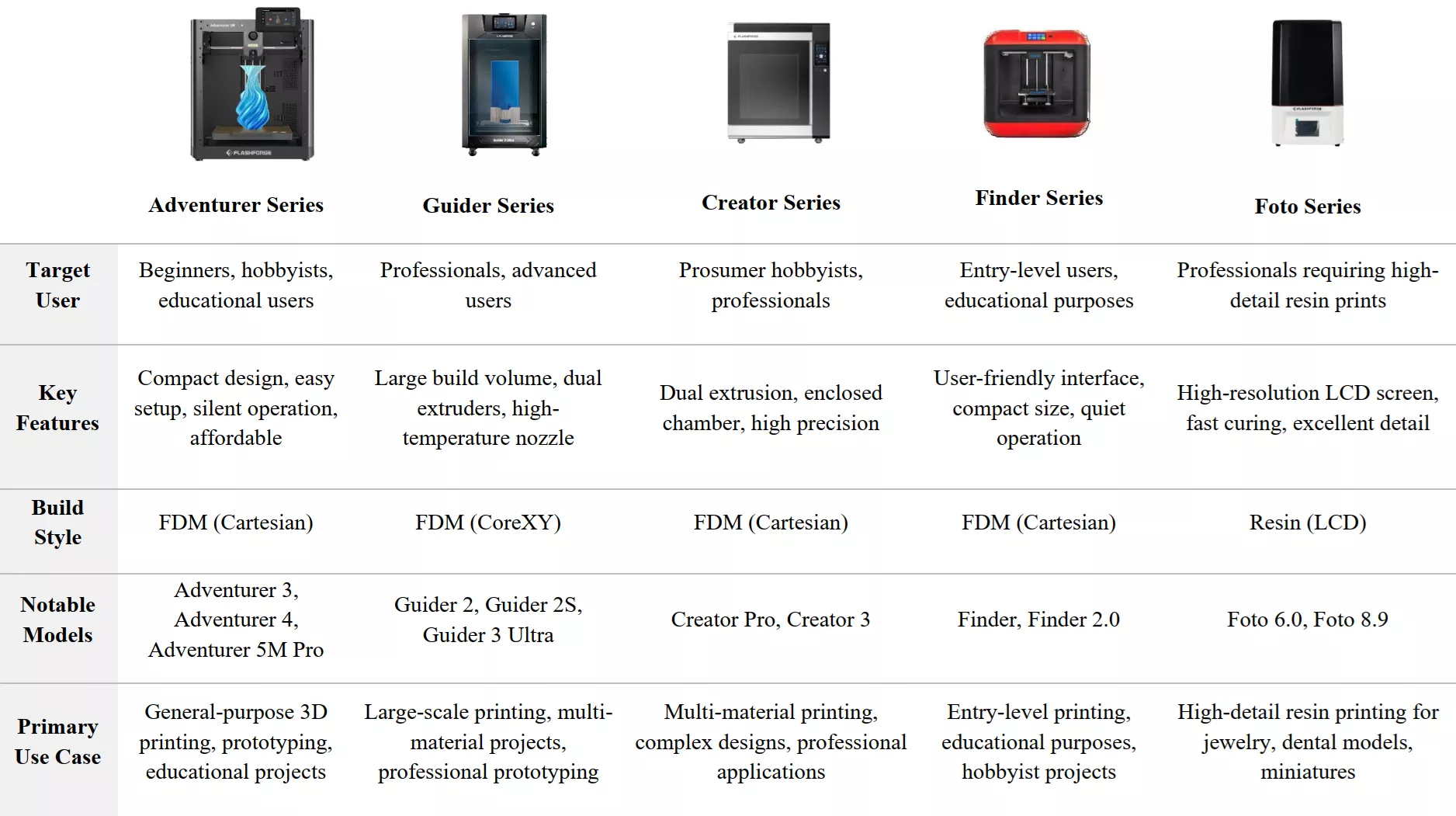
Ease of Use
4.6 /5
Flashforge excels in ease of use, making it one of the most accessible brands for new users and institutions. Most of its machines are delivered either fully assembled or with minimal setup required, and features like automatic bed leveling, quiet operation, enclosed print chambers, and intuitive touchscreen interfaces come standard in newer models. The included FlashPrint slicing software is simple and tightly integrated with the hardware, allowing users to start printing quickly without navigating complicated settings. This emphasis on plug-and-play design makes Flashforge particularly appealing to schools, libraries, and families. However, the same user-friendliness that makes the printers accessible also comes with trade-offs: firmware is closed, hardware modifications are limited, and advanced users may find the ecosystem restrictive compared to open platforms like Prusa or Creality.
Cost & Affordability
3.8 /5
Flashforge printers occupy a mid-range pricing tier, striking a balance between affordability and premium polish. Entry-level models like the Adventurer 3 or Finder are typically priced between $250 and $400, making them accessible for hobbyists and educational users. Mid-range options such as the Adventurer 4 and 5M Pro fall in the $500–$800 range, while professional-grade machines like the Creator 3 Pro exceed $1,000. While pricing is generally fair for the included features, buyers should be aware of the potential extra costs associated with proprietary filaments, spare parts, and accessories. Despite this, Flashforge consistently delivers strong value for users who prioritize simplicity, enclosure, and ease of integration over total hardware freedom.
Print Quality & Speed
3.7 /5
Flashforge printers generally provide respectable print quality across the board, with mid-range and high-end models offering solid surface finishes, good detail, and consistent layer alignment. Entry-level models such as the Finder and Adventurer 3 are optimized more for reliability and ease of use than for speed or precision, and their relatively low printing speeds reflect this. In contrast, newer models like the Adventurer 5M Pro support significantly faster printing—up to 600mm/s in some cases—particularly when paired with Klipper firmware. However, achieving consistently high-quality results at maximum speeds may require some manual tuning and may still compromise surface smoothness on complex geometries. Despite this trade-off, Flashforge maintains a good balance between speed and print quality for general-purpose use and prototyping needs.
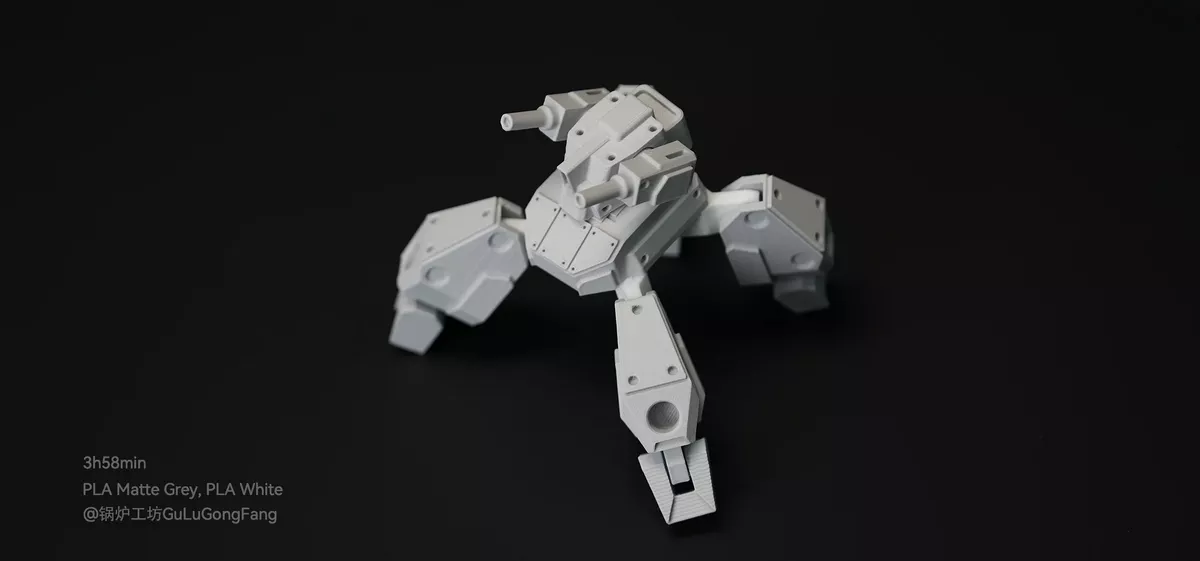
Material Compatibility
3.5 /5
Material compatibility in Flashforge printers varies depending on the model, but generally covers the core essentials well. Most models reliably support standard filaments such as PLA, ABS, and PETG, with TPU available on selected units that are designed with the right extruder and temperature capabilities. Higher-end models like the Creator 3 Pro are equipped with independent dual extruders and high-temperature hotends, allowing the use of more demanding materials like PC and Nylon. However, one of the most notable limitations in the Flashforge ecosystem is its use of proprietary filament systems in many of its lower-end printers. These systems often involve chipped cartridges or hardware-locked filament settings, which restrict users from freely using third-party materials unless they resort to unofficial workarounds. This semi-closed approach can be frustrating for users seeking flexibility, though it contributes to the company’s focus on out-of-the-box reliability and simplified material handling.
Build Volume & Variety
3.9 /5
Flashforge offers a reasonably diverse selection of printer sizes that cater to a broad range of applications, from small educational projects to larger functional prototypes. Compact models like the Finder and Adventurer 3 are geared toward beginners and classroom environments, offering modest build volumes in the 150–220 mm range. For users requiring more space, models such as the Adventurer 4, Adventurer 5M, and Creator 3 Pro expand that capacity up to 300 x 250 x 200 mm and beyond. This provides plenty of room for multi-part assemblies, mechanical components, or small batches of prints. While the company hasn’t yet ventured into large-format desktop printers or industrial-scale models, the existing product lineup strikes a practical balance between size, enclosure, and safety—especially for users who value controlled, stable environments over raw scale.
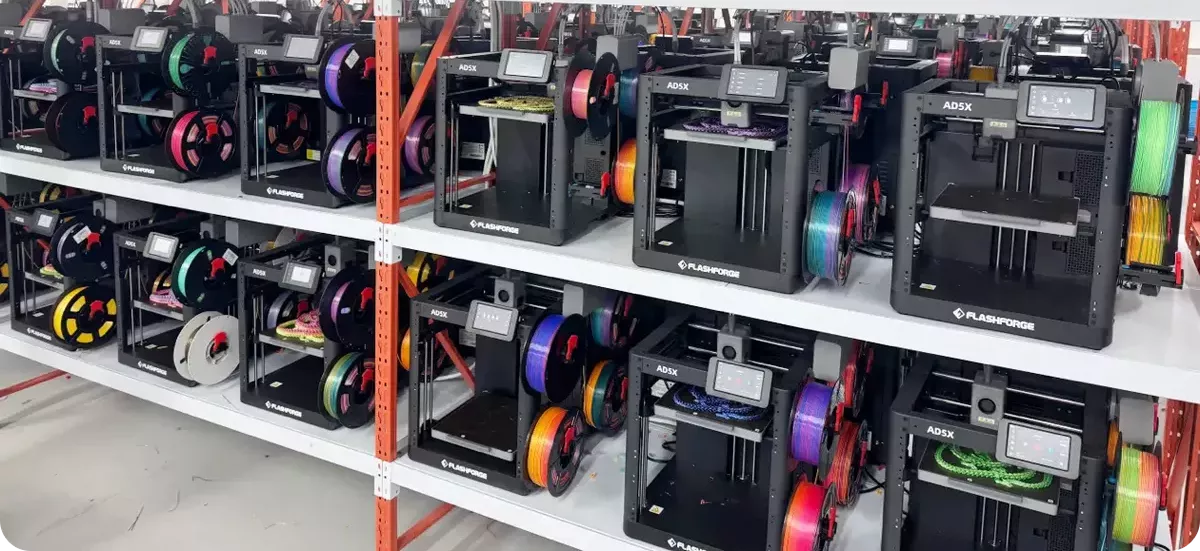
Reliability & Durability
4.1 /5
Flashforge printers are generally reliable and durable, with newer models showing solid improvements in both structural integrity and thermal stability. Machines like the Adventurer 4 Pro and 5M Pro feature reinforced frames, better extruder designs, and improved cooling systems, all of which contribute to dependable performance across long print jobs. Earlier iterations, especially in the lower-end segment, did use more plastic components, which could lead to wear or slight deformation over time. Still, mechanical failures are relatively rare, and most issues that users encounter are tied to firmware quirks or normal wear on consumables like nozzles or filament drive gears. For most non-industrial users, the machines offer dependable output with minimal disruption, and replacement parts are typically easy to source through official channels.
Maintenance
4.0 /5
Maintenance requirements for Flashforge printers are relatively light, thanks to thoughtful design and guided routines. Enclosed models in particular are engineered to minimize mess and exposure, which helps reduce cleaning frequency. Components like magnetic build plates, modular extruders, and swappable nozzles streamline the upkeep process, while some models offer HEPA filters and enclosed airflow systems that extend part longevity. That said, the use of proprietary components in many Flashforge machines can make deeper repairs or part replacements more challenging. Official documentation for basic maintenance is sufficient, but users seeking to perform more advanced modifications may encounter limited resources compared to brands with a more open user base.
Technology & Features
3.6 /5
Flashforge continues to integrate useful features into its printers, though often at a more conservative pace than some of its competitors. Advanced features like Klipper support, vibration compensation, and high-speed motion systems have begun appearing in recent models like the Adventurer 5M Pro, and dual-extrusion support is available in the Creator line. Most models also offer modern quality-of-life features such as resume printing after power loss, cloud connectivity, touchscreen UIs, and enclosed build environments with optional HEPA filtration. However, the brand generally prioritizes robustness and ease of use over cutting-edge or experimental functionality. As a result, Flashforge’s approach to innovation is more about refining proven features than taking risks on emerging technologies.
Conclusion
Flashforge delivers a compelling option for users who want a polished, stable, and low-maintenance 3D printing experience. With strong emphasis on safety, quiet operation, and ease of setup, it has carved out a niche among educators, casual users, and professionals looking for a plug-and-play solution. While it may not satisfy power users seeking full access to firmware and exotic material compatibility, Flashforge remains an excellent choice for anyone prioritizing dependability and intuitive design in their 3D printing workflow.

